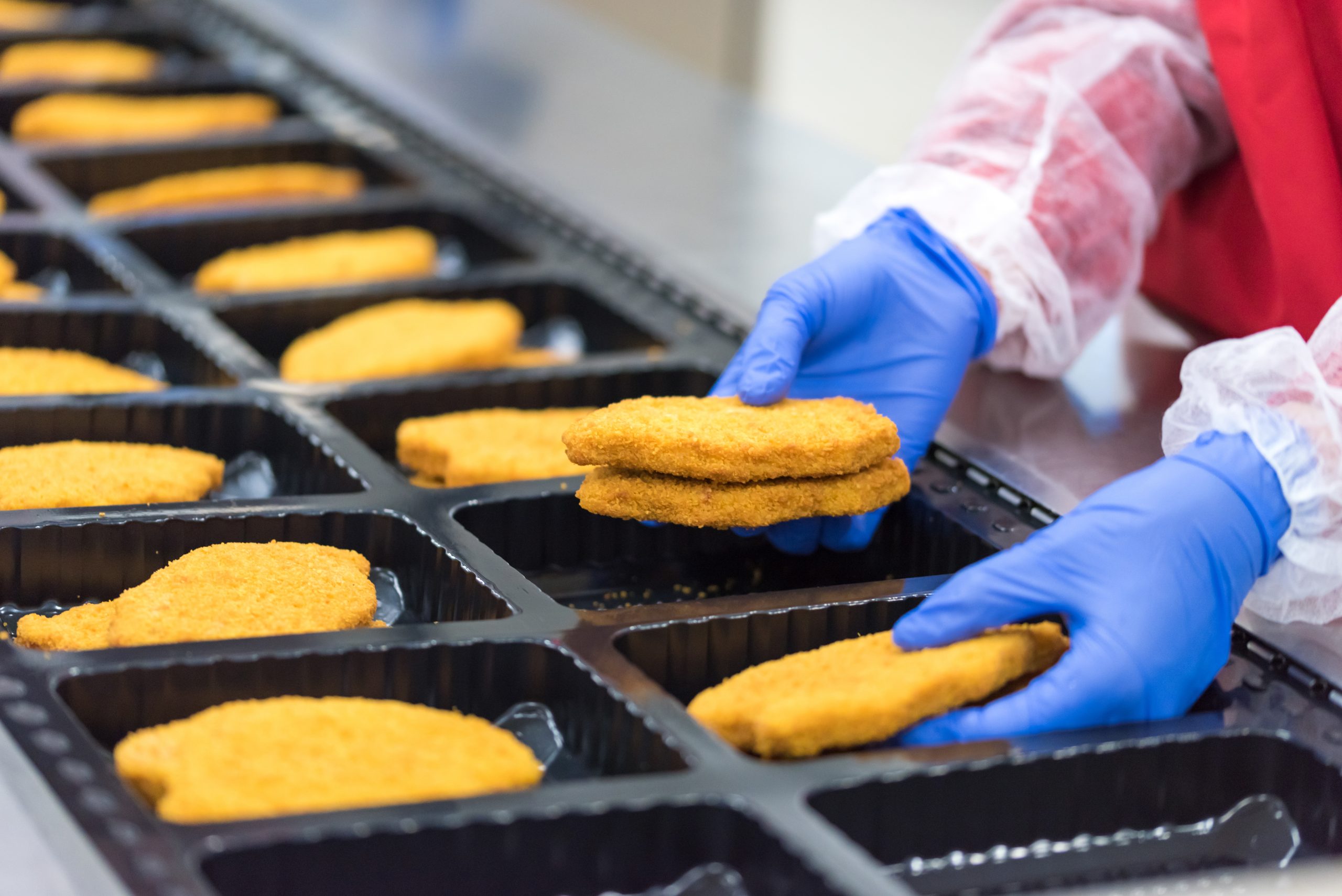I was listening to an interview with Chasten Buttigieg, husband of Pete Buttigieg. During the interview he shared this experience…after addressing a group of people as follows: ‘Ladies and gentlemen,’ a young boy approached him. He wanted Chasten to know that his use of ‘ladies and gentlemen’ didn’t include him. This story illustrates how many of us may inadvertently exclude those in the LGBTQ+ community. Below are tips to promote inclusion. (Note: Which term should I use? shares interesting data about the preferred term to use.)
Health/economic security
- Food insecurity and SNAP participation in the LGBT community provides an overview of the report and highlights food insecurity.
- Nutrition-related health disparities within the LGBTQ+ community from the Southwest Michigan District Dietetic Association provides an overview and describes health disparities for lesbian/bisexual women, gay/bisexual men and transgender populations. Tips for inclusivity are shared.
- Healthy People 2020 provides an overview of gay, lesbian, bisexual and transgender health issues and which National surveys collect sexual orientation data.
- Eating disorders in the LGBTQ community addresses the extent of this condition and how best to address it.
- CDC provides data as well as LGBT resources and organizations.
Inclusiveness/cultural competency
As one article notes, in the LGBTQ+ community, language is everything. Using appropriate language promotes inclusiveness as do other behaviors.
- Creating a welcoming and safe environment for LGBT People and families archived webinar.
- Reducing health disparities among LGBTQ populations through culturally competent care webinar (Rutgers School of Public Health).
- The Language of Identity (University of Missouri, PDF, 4 pp) provides inclusive terminology as does the University of Maryland.
- How to be an effective LGBTQ ally, written by a trainer who works in retirement communities, provides suggestions such as learning about LGBTQ history, reading books and more. Terms/definitions are also shared.
- Creating a welcoming environment for LGBT patients (toolkit).
- LGBTQ+ communication & outreach provides terms and concepts as well as ways to be inclusive.
Journal articles
- Understanding the nutritional needs of transgender and gender- nonconforming students at a large midwestern public university. (A 9-page PDF). This research reflects 2017/2018 interviews and surveys with 26 transgender and gender-nonconforming students identifying issues such as food insecurity, body image, inclusiveness of resources and more.
- Advancing the field: Language and training for inclusion of LGBT communities in nutrition programming shared results of a survey of how states administering Extension SNAP-Ed and EFNEP programs collect info on participants’ gender. Of 35 respondents, 32 indicated using only ‘male’ or ‘female.’ One respondent shared their form gave an option ‘prefer not to answer.’
continue reading
Related Posts
SNAP benefits may have resumed but Dr. Marion Nestle assesses
As the holidays approach you may have more time to
In the news…good news: school meal reimbursements will continue during



